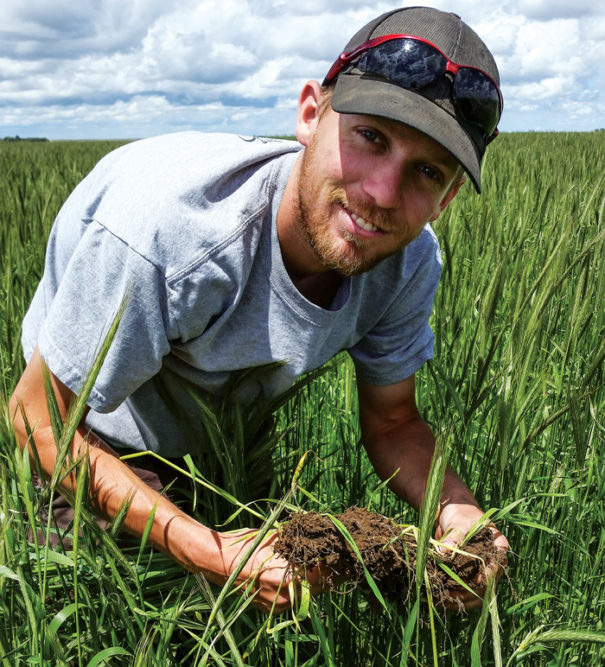No-Till Farmer
Get full access NOW to the most comprehensive, powerful and easy-to-use online resource for no-tillage practices. Just one good idea will pay for your subscription hundreds of times over.

NEW FOCUS. Haxtun, Colo., no-tiller John Heermann has re-tooled his 1,600-acre farm with continuous no-till practices and cover-crop mixes seeded after cash crops on 100% of his acres.
A few years ago, John Heermann sat down to do his annual budgeting ahead of the next cropping season and sensed a problem was brewing.
Drought was gripping the High Plains, herbicide and fertilizer costs were escalating and his fallowed fields contributed no income. While his farm practiced no-till, margins were so tight that he was concerned that either poor luck with the weather, or a single management mistake, would make it difficult for him to farm.
After a successful 20-acre experiment with cover crops in 2013, the 26-year-old Heermann has jumped in whole hog, seeding 900 of his farm’s 1,600 acres to cover crops last year, and 100% of his acres this year.
He’s also implemented a flexible crop rotation and eliminated summerfallow — a practice he describes as “the Silent Killer” and the opposite of regenerative farming.
“I was under the impression that with fallow I was doing the soil some good by resting it,” he says. “But Mother Nature is telling us, with the presence of weeds, that the ground doesn’t want rest, but really wants to have something growing.”
Heermann raises wheat, rye, peas, milo, sunflowers, oats and occasionally proso millet for grain on 1,600 crop-shared acres of sandy loam and silt loam soils near Haxtun in northeastern Colorado. His farm sits at 3,900 feet elevation…